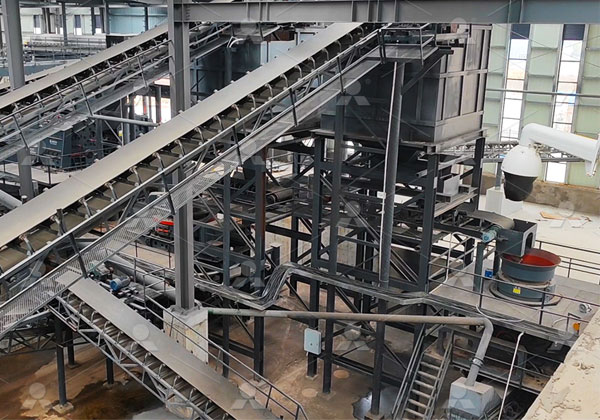The cement industry relies on various types of crushers to accomplish the crushing and grinding of raw materials, coal, and clinker used in the production of cement. These crushers play a vital role in the cement manufacturing process, reducing the size of the raw materials and ensuring a consistent particle size distribution for further processing. In this response, we will discuss some of the commonly used types of crushers in the cement industry.
Jaw Crushers:
Jaw crushers are primarily used for coarse crushing of raw materials such as limestone, shale, and granite. They consist of a fixed jaw plate and a movable jaw plate that create a “V” shape. The raw material is fed into the top of the jaws and is progressively crushed as it moves downward. Jaw crushers are capable of producing a range of particle sizes and are suitable for both primary and secondary crushing.

Impact Crushers:
Impact crushers are used to crush materials that are not too abrasive, such as limestone, coal, and gypsum. They operate by throwing the material against a hard surface, either a stationary or a rotating plate. This impact generates high-speed collisions between the material and the crushing elements, resulting in the reduction of the particle size. Impact crushers are versatile and can be used for both primary and secondary crushing stages.
Cone Crushers:
Cone crushers are commonly used in secondary and tertiary crushing stages. They are similar to gyratory crushers but have a different shape of the crushing chamber. Cone crushers have a conical mantle that rotates eccentrically within a concave bowl-shaped liner. As the mantle rotates, it creates a squeezing action on the material, crushing it against the concave liner. Cone crushers are suitable for crushing hard and abrasive materials such as granite, basalt, and iron ore.
Hammer Crushers:
Hammer crushers are mainly used for crushing soft to medium-hard materials, such as limestone, gypsum, and coal. They consist of a series of hammers (usually four or more) mounted on a central shaft and enclosed within a rigid metal casing. The material is fed into the crusher chamber and is struck by the rotating hammers. The impact of the hammers crushes the material against the breaker plates, resulting in the desired size reduction.
Vertical Shaft Impact (VSI) Crushers:
VSI crushers are used in the final stage of crushing to produce cubical-shaped aggregates and manufactured sand. They operate by accelerating the material through a rotor that is fitted with wear-resistant anvils. The high-speed rotor throws the material against stationary anvils or curtains, breaking it into smaller pieces. VSI crushers are particularly effective in producing fine aggregates for concrete production.
Each type of crusher has its own advantages and is selected based on factors such as the hardness and abrasiveness of the material, the desired output size, and the production capacity required. The cement industry utilizes a combination of these crushers to achieve the desired size reduction for the raw materials and ensure efficient cement production.
